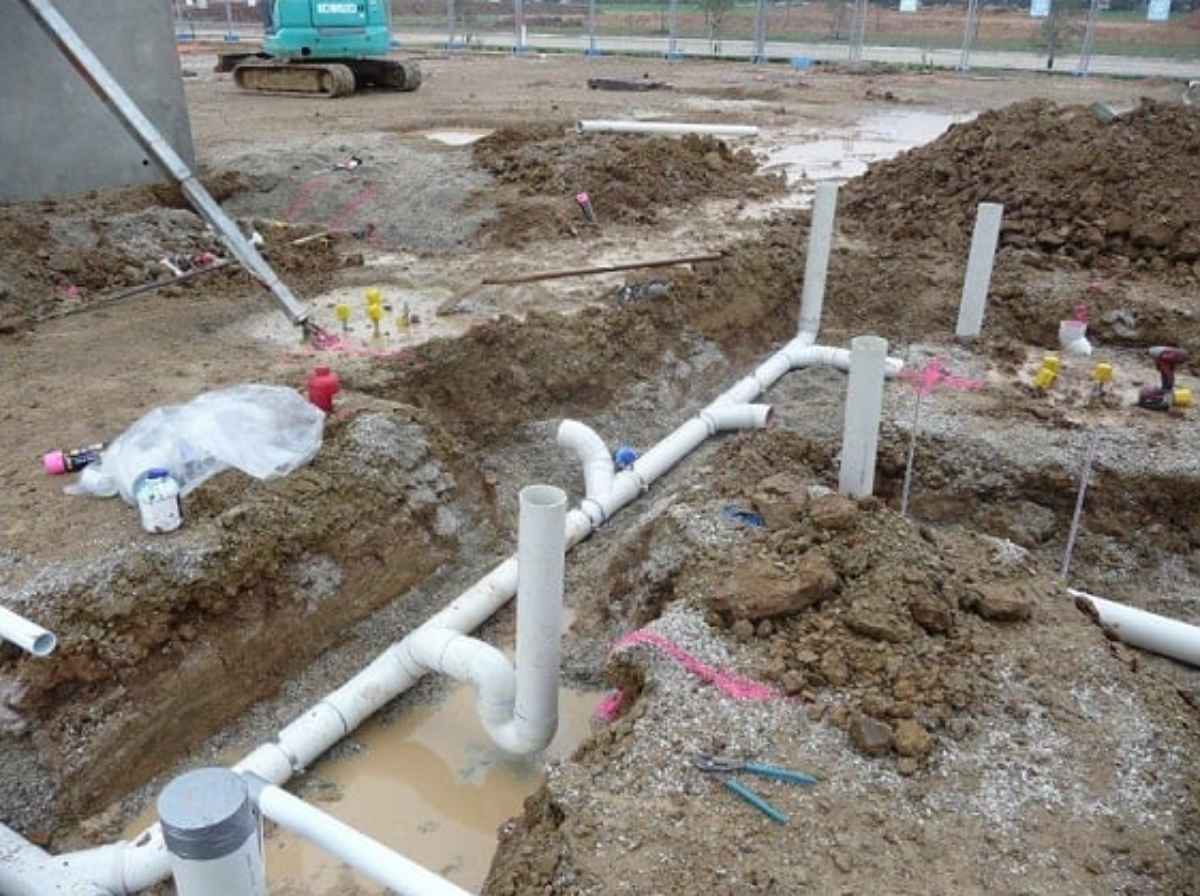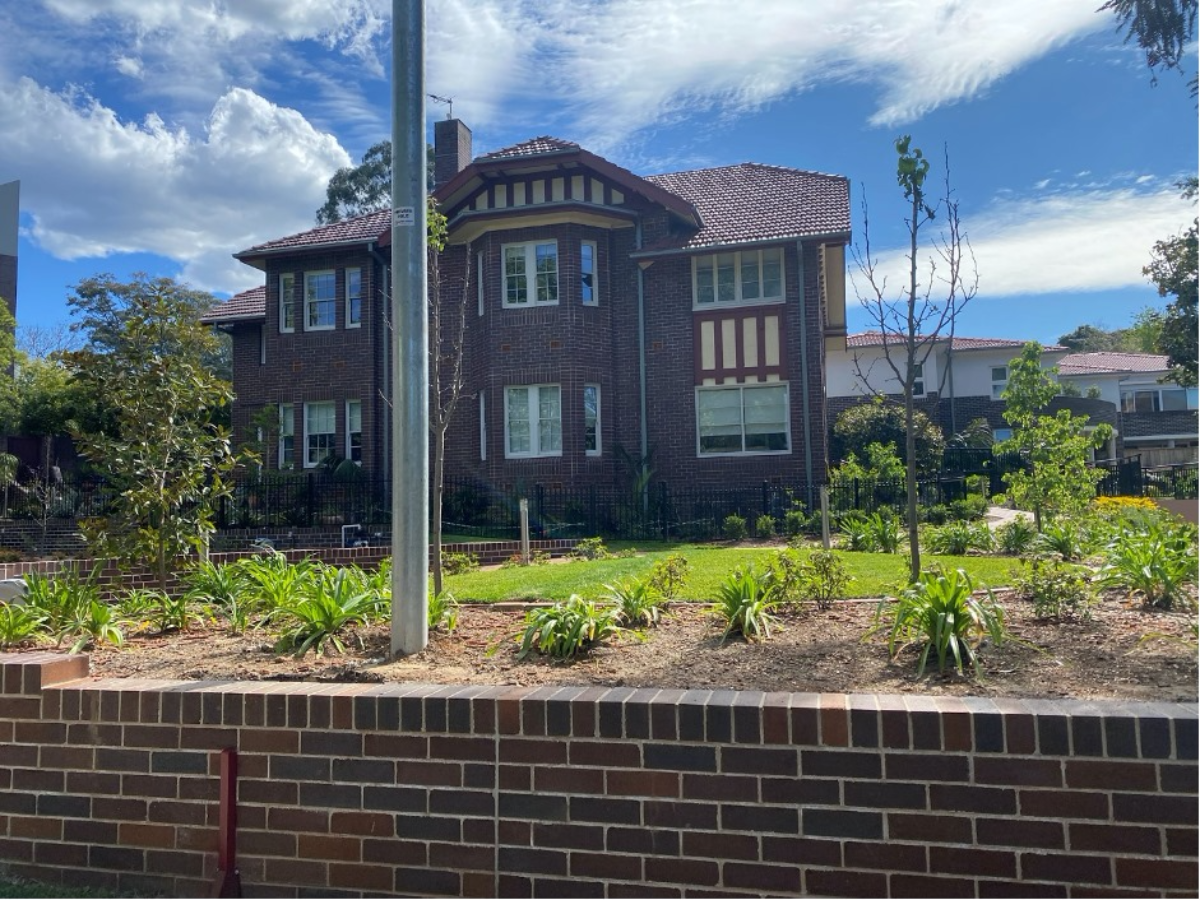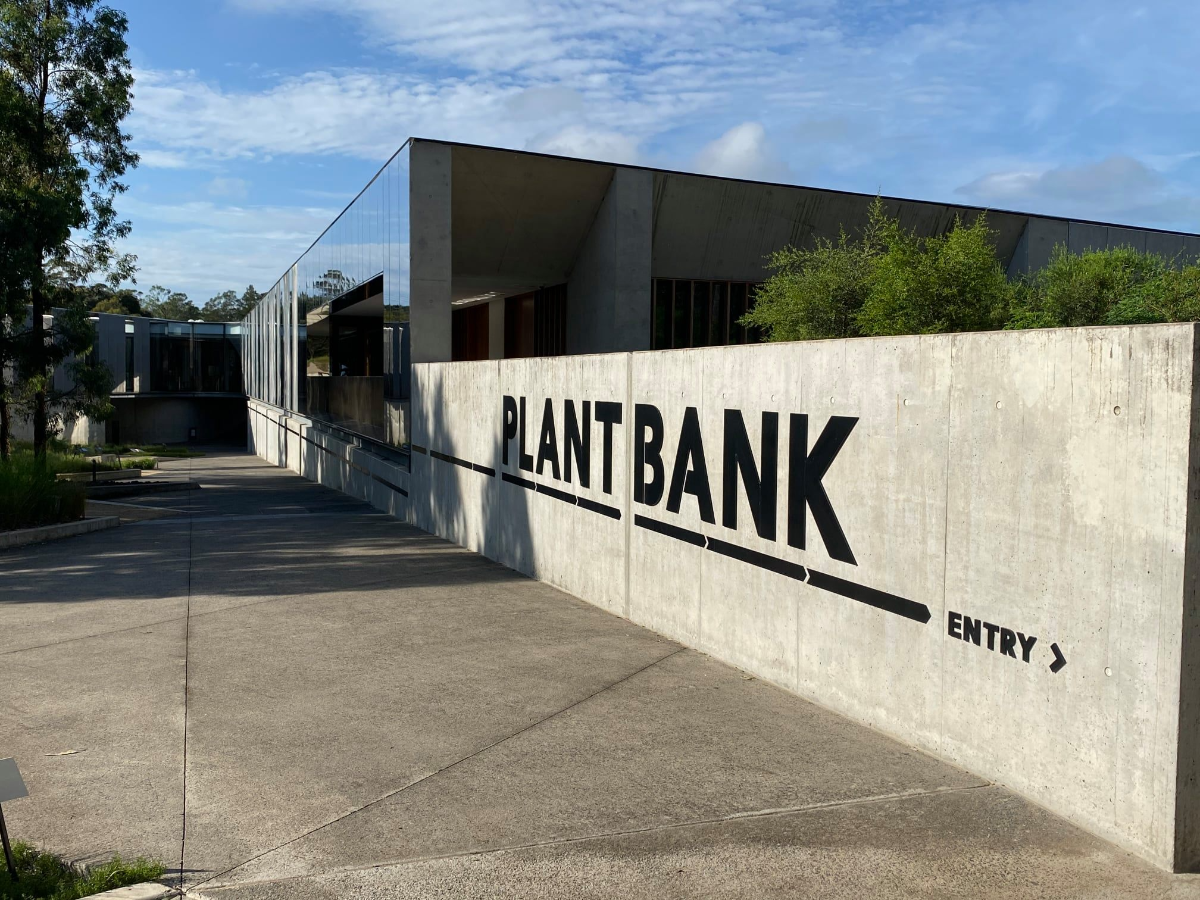
- April 19, 2021
- Effective Building
- 0
Reactive clay soil is a dense material that swells on wetting and shrinks on drying. In short, it changes in volume when it absorbs and releases moisture.
Throughout the year, this absorption and release happen as seasons change. A warm and dry season makes the reactive clay soil release moisture and contract. In colder and wetter periods, reactive clay soil takes on moisture and expands.
The contraction and expansion of the ground lead to structural damage to your home. The damage starts in your home’s foundations and travels eventually throughout the house.
Are you concerned about the stability of your home’s foundations? Then read on to learn more about reactive clay soil and its risks to your home.
Classifications of Reactive Clay Soil
Class M Reactive Clay Soil
Class M is moderately reactive clay soil. Most inspectors see this site classification more than 30% of the time. Ground movement isn’t too bad and house slabs can easily be designed for this soil.
Ground surface can move vertically between 20mm and 40mm between dry and wet conditions. Class M soils will move more than this if subjected to extreme moisture conditions. Hence, it’s important to have good drainage around a dwelling.
Class H Reactive Clay Soil
Class “H”: a highly reactive clay. Most inspectors see this site class around 20% of the time. Class H soils have been broken into groups. H2 soils are more reactive than H1 soils so the footings for an H2 site need to be stiffer than if you have a Class H1 or Class M soil.
In general, the ground movement on Class H1 and H2 sites is more serious than Class M and Class S sites. In this case, the builders need to be more careful with the design and ensure and maintain good drainage around the home.
The footing and slab code starts introducing special requirements for drainage and for protecting pipes from the movement that is likely to occur.
Class E Reactive Clay Soil
Class “E” is extremely reactive clay soil. We see this site classification about 2% of the time. The builder and homeowners need to take very special care needs with the footing design. Extra precautions are also done to protect the house from slab heave.
This is a life-long soil condition and future homeowners need to be aware of the limits and disclaimers in the footing design so that they don’t contribute to uneven movement and damage to the house.
Risks of Reactive Clay Soil
Subsidence
Subsidence is the sinking of your home due to a downward shifting of the ground. When reactive clay soil contracts due to hot and dry weather, sinking occurs.
Heat will also leave any trees and vegetation around your home thirst, which will draw more water out of the ground and cause further subsidence.
If several areas underneath your home subside at varying rates, an immense amount of pressure will be placed upon your home’s foundation. Structural damage starts here and leads to the following issues.
1. Wall Cracks
Wall cracks occur especially when your house foundations are sitting on unstable grounds, shifting, and as a result, uneven. This unevenness is technically known as differential settlement.
The physical stress from differential settlement damages your foundations. These eventually manifest themselves as cracks, in both your inner and outer walls.
Wall cracks are a powerful indicator your home was built on reactive clay soil. These are one of the common knock-on results of subsidence caused by contracting clay soils.
2. Sinking Concrete and Moving House Piers
Reactive clay soils can cause concrete slabs or floors to rise or sink gradually. If your floor sinks while it’s hot and dry, it’s likely your concrete sits on reactive clay soil. Cracking occurs due to differential settlement.
A home built upon house piers may lead it to move up and down. The piers may even move sideways depending on moisture levels and if a load of your home sits evenly upon the piers.
If you’re living in a home on piers, bouncy floorboards, a dip in your floors as you walk and movement of children’s toys on the flor indicate you’re on reactive clay.
3. Minimising the Effects of Reactive Clay Soil
Reactive clay soil is a powerful destabilising force on residential structures if left untreated. It can do immense damage to your home’s foundations, its walls, and even your roof.
How Do Effective Building & Consultancy Experts Test the Reactive Clay Soil
Our structural engineers can take samples and give you professional advice to stabilise reactive clay soil and halting movement.
But before we do that, here are the things we do:
- Get a copy of the site plan showing existing buildings and any new buildings.
- Provide a quotation for a site classification or soil test (AS 2870).
- Access the site
- Provide a reactive clay soil report as a written report.
Doing this will help us determine a suitable footing system for your site or suggest non-invasive resin injection and grout technologies to quickly correct foundation issues with less risk or disruption.
For more information about our building inspection services, visit our Help Centre.
Suppose you are planning to work on multi-story units. In that case, you may find yourself wondering if you should Read more
Heritage buildings represent the history and culture of a nation. They constitute together the architectural heritage of an area. Heritage Read more
The Australian PlantBank is a remarkable new plant conservation laboratory at The Australian Botanic Garden in Mount Annan. It is Read more





